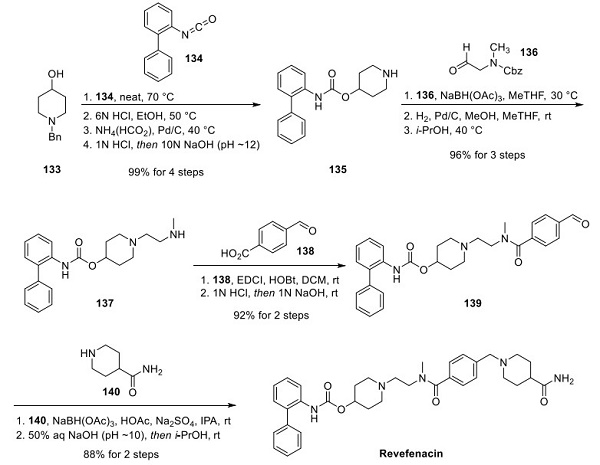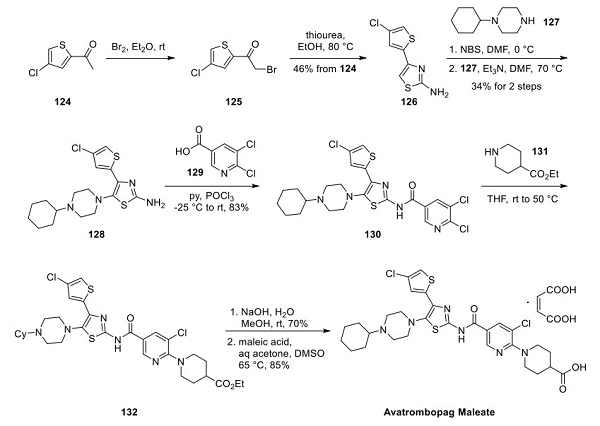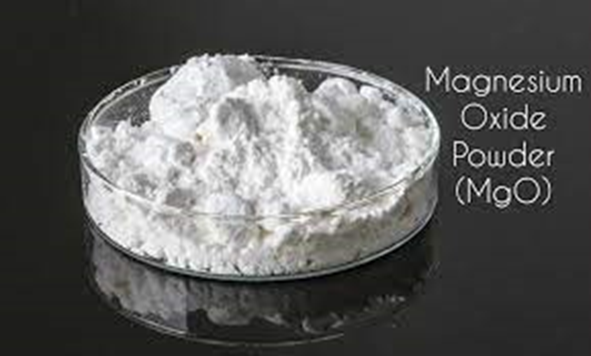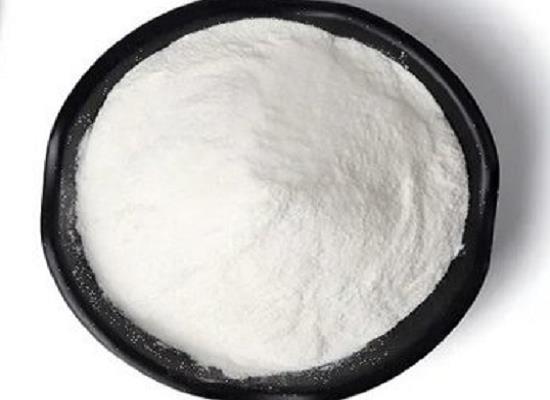Active Pharmaceutical Ingredients (API), popularly speaking, are the raw materials of medicines, only pharmaceutical raw materials are processed into pharmaceutical preparations , can they become medicines available for clinical use, so drugs we usually eat are the finished drugs through processing. Active Pharmaceutical Ingredients based on its sources can be divided into two major categories ,including chemical synthetic drugs and natural chemical drugs. Chemical synthetic drugs can be divided into organic synthetic drugs and inorganic synthetic drugs. Inorganic synthetic drugs are inorganic compounds ( very few is element), such as aluminum hydroxide, magnesium trisilicate which are used for the treatment of gastric and duodenal ulcers ; organic synthetic drugs are mainly composed of drugs made by basic organic chemical raw materials, through a series of organic chemical reactions (such as aspirin, chloramphenicol, caffeine, etc.). Natural chemical drugs ,based on its sources,can be divided into two categories including biochemical drugs and plant chemical drugs. Antibiotics are generally made by the microbial fermentation, which belongs to the biochemistry category. A variety of semi-synthetic antibiotics occurs in recent years,which are biosynthesis and chemical synthesis combining products.Among active Pharmaceutical Ingredients, the organic synthetic drugs varieties, yields and values have the largest proportion,which are the main pillars of the chemical and pharmaceutical industries. The quality of active Pharmaceutical Ingredients decides whether the formulation is good or bad , so its quality standards are very strict ,countries in the world have developed national pharmacopoeia standards and strict quality control methods for its widely used active Pharmaceutical ingredients.
Creatine supplementation: effects on brain function and health
Creatine supplementation enhances muscle performance and increases muscle creatine levels, with mixed evidence for cognitive function and potential benefits in mental health disorders.
Dec 25,2023 APIApixaban: drug interactions and therapeutic efficacy
Apixaban carries a risk of bleeding and should not be combined with certain medications. It effectively treats acute venous thromboembolism and prevents recurrent VTE.
Dec 25,2023 APIHow to synthesize Revefenacin?
Revefenacin is a new M3 muscarinic receptor antagonist, which could prevent acetylcholine from binding with the muscarinic receptor, making bronchodilation and relieving COPD symptoms.
Dec 22,2023 APIThe synthesize method of Avatrombopag
Avatrombopag is a thrombopoietin receptor agonist indicated for the treatment of thrombocytopenia in adult patients with chronic liver disease who are scheduled to undergo a procedure.
Dec 22,2023 APIWhat does Ammonium bicarbonate do?
Ammonium bicarbonate is an important bulking agent in the biscuit and cracker industry, and is also used by bakers in some strong-flavoured products such as gingerbread.
Dec 22,2023 APIEffectiveness of supplemental therapy with ammonium chloride in patients with COVID-19
Ammonium chloride has potential antimicrobial and antiviral activity and prevents training-induced improvement in mitochondrial respiratory function in the muscle of male rat flounder. It is also used
Dec 22,2023 APIWhat are the health benefits of Magnesium oxide?
Studies have shown that magnesium oxide has the benefit of reducing headache symptoms, reducing stress and anxiety, helping to treat constipation and lowering blood pressure.
Dec 22,2023 APIPolarity of Acetaminophen
Acetaminophen is a poorly water-soluble drug whose solubility in water can be increased by adding cosolvents.
Dec 22,2023 APIUnlocking the Flavor Potential of Furaneol: Applications and Toxicity Considerations in the Food Industry
Furaneol, a widely used flavoring agent, has a sweet aroma but raises toxicity concerns due to adverse effects in animal studies, mutagenicity, and genetic damage.
Dec 22,2023 APIHydroxyapatite composites for orthopedic applications
Hydroxyapatite composites show potential in tissue engineering for hip-joint implants with improved coatings and 3D printed scaffolds.
Dec 22,2023 API












